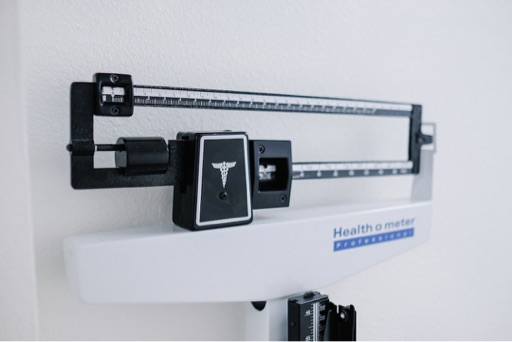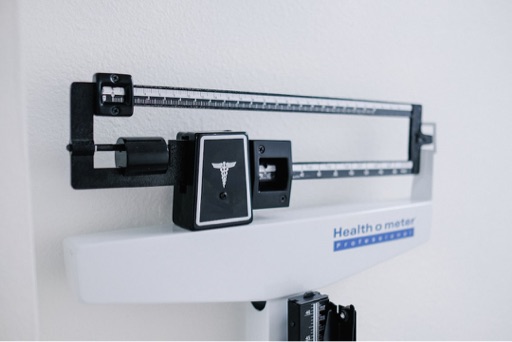If you’ve spent any time on TikTok, you know how quickly health trends can take off—and the 90-30-50 diet plan is the latest to capture attention. Proponents of this eating plan claim it’s the key to weight loss and improving overall health. How? By skipping calorie counting and focusing on macronutrients such as protein and fiber. But can one size truly fit all when it comes to nutrition?
What is the 90-30-50 diet plan?
Introduced by wellness influencer and dietitian Courtney Kassis, The 90-30-50 diet is a structured eating plan with relatively straightforward rules: consume 90 grams of protein, 30 grams of fiber, and 50 grams of healthy fats each day. Kassis created the diet after being diagnosed with Hashimoto’s disease, which led to further health complications and difficulty losing weight.
In her original TikTok video, she describes the diet as beneficial for “weight loss, improving chronic disease, hormone balance, blood sugar control and more *within weeks* (if not days).” Following it, she said she lost 15 pounds in just two months and significantly improved her thyroid function.
Since then, Kassis has shared numerous daily meal plans following the 90-30-50 diet on her TikTok. These videos include starting her day with a protein-packed yogurt bowl, sipping on a green smoothie and subbing a red bell pepper for bread in a sandwich. Notably, Kassis is clear that “we are NOT restricting,” and instead prioritizing foods that “keep us full.”
Benefits of the 90-30-50 diet plan
The diet’s emphasis on protein and fiber aligns with evidence-based strategies for weight loss and satiety. The protein content may be sufficient to support muscle maintenance, repair, and satiety. General recommendations are 0.8 to one gram per kg body weight for adults.
As for fiber, the amount is sufficient to regulate blood sugar, improve gut health, and promote fullness. Most people fall short of the recommended 25 grams (for women) and 38 grams (for men) daily.
Though the diet does not specifically address the source of fat, healthy fats should be prioritized when utilizing this diet approach. Healthy fats include polyunsaturated and monounsaturated fats found in salmon, chia seeds, tofu, almonds, and avocado. Limiting saturated fats and avoiding trans fats is also advised.
Is the 90-30-50 diet plan effective for weight loss?
To put it simply, it largely depends on the individual. This ratio can work for some, but it lacks flexibility. It’s not for individuals with specific needs related to their age, gender, activity level, fitness goal, or health status. For instance, 90 grams of protein may be excessive for someone with kidney disease, while 30 grams of fiber could be overwhelming for those with a sensitive stomach.
The rigidity and tedious tracking may also cause some to feel overly restricted, leading to weight regain after stopping (known as the “yo-yo” effect). It’s also essential to remember that it does not address the need for adequate calorie distribution, nor the quality of the food being consumed.
Is there value in a structured diet?
Structured diets like this may serve as a guide for people overwhelmed by food choices. The 90-30-50 diet plan’s focus on specific macronutrient goals can help people who feel overwhelmed by complex plans. Additionally, they can help provide consistency and portion control in daily meals.
However, professionals believe in customizing and personalizing a diet that a person finds doable and sustainable. A good diet has the right calorie requirement and macronutrient ratio to meet individual needs.
How to safely follow the 90-30-50 diet plan
Instead of strictly adhering to the 90-30-50 framework for beginners, consider using it as inspiration to prioritize protein, fiber, and healthy fats in your meals. Here are some tips to get started:
- Add lean protein to every meal: Include options like chicken, tofu, eggs, or fish to help you meet your protein needs.
- Focus on high-fiber foods: Incorporate whole grains, legumes, vegetables, and fruits into your diet.
- Choose healthy fats: Use olive oil, avocado, nuts, and seeds in moderation.
It’s important to tailor your macronutrient goals to your lifestyle and nutritional needs with guidance from a healthcare provider. Would you consider trying the 90-30-50 diet plan? Share what diet tips have worked for you in the comments below!
Source: First For Women






